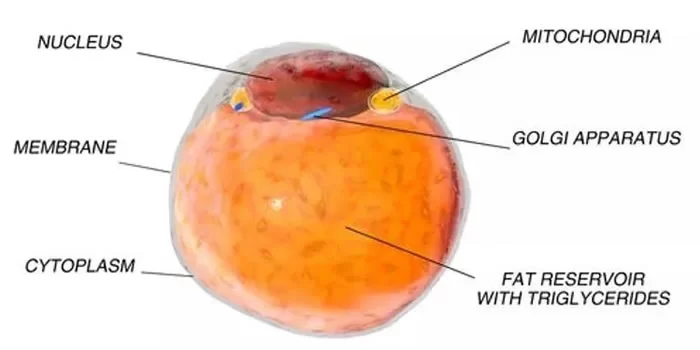
American scientists studied the biological mechanism behind fat burning, identified a protein that plays a key role in regulating metabolism, and proved that blocking its activity can promote this process in mice. This protein called Them1 is produced in human brown fat, providing a new direction for researchers to seek more effective treatments for obesity.
The scientists behind this new study have been studying Them1 for about ten years, and they are interested in how mice produce large amounts of protein in their brown adipose tissue under cold temperatures. Unlike white adipose tissue that stores excess energy in the body as lipids, brown adipose tissue is quickly burned by the body to generate heat when we are cold. For this reason, many anti-obesity studies have focused on efforts to convert white fat into brown fat.
Researchers hope to develop experiments based on these early mouse studies in which rodents are genetically modified to lack Them1. Because they assumed that Them1 was helping mice generate heat, they expected that knocking it out would reduce their ability to do so. But it turns out that on the contrary, mice lacking this protein consume a lot of energy to generate calories, so that they are actually twice as much as normal mice, but still lose weight.
However, when you delete the Them1 gene, the mouse will produce more heat, not less.
In the newly published research, scientists have delved into the reasons behind this unexpected phenomenon. This involves actually observing the effect of Them1 on brown fat cells grown in the laboratory using light and electron microscopes. This shows that as fat starts to burn, the molecules of Them1 undergo chemical changes, causing them to spread throughout the cell.
One of the effects of this diffusion is that the mitochondria, commonly known as cell dynamics, are more likely to convert fat storage into energy. Once the fat burning stimulation ceases, Them1 protein will quickly reorganize into a structure located between mitochondria and fat, again limiting energy production.
High-resolution imaging shows: Them1 protein functions in brown adipose tissue, organized into a structure that prevents energy burning.
This study explains a new mechanism that regulates metabolism. Them1 attacks the energy pipeline and cuts off the fuel supply to the energy-burning mitochondria. Humans also have brown fat, which will produce more Them1 under cold conditions, so these findings may have exciting implications for the treatment of obesity.












